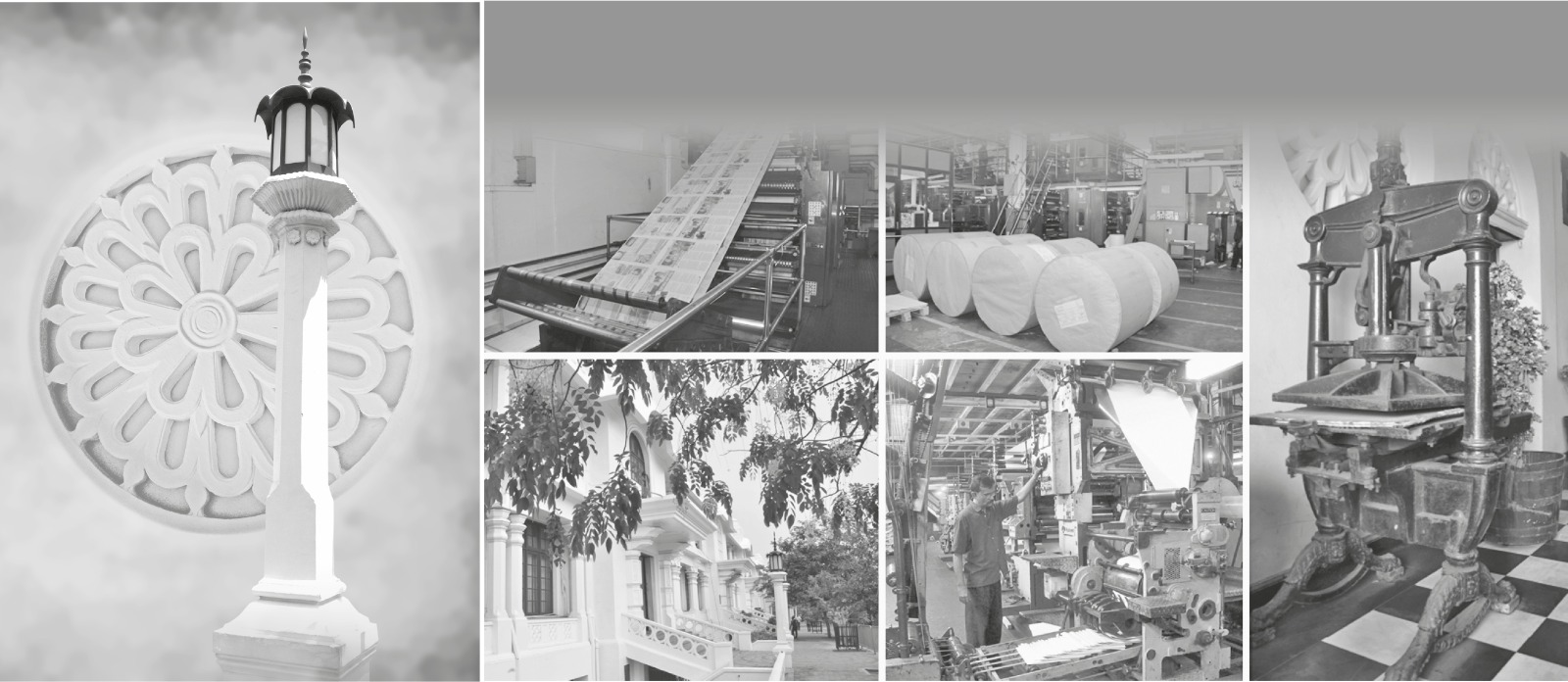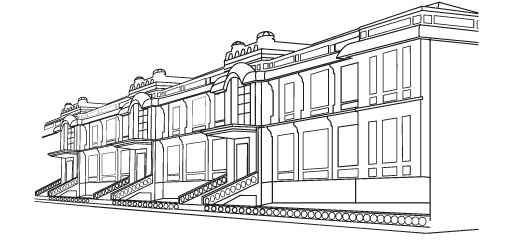Step into Historic Heartbeat of Sri Lankan Journalism

Visiting Lake House offers an unparalleled glimpse into Sri Lanka’s rich journalistic heritage and the legacy of a pioneering entrepreneur. Commissioned by D. R. Wijewardene, this white monumental structure has long dominated the Colombo skyline. Designed by the renowned architect Sir Oliver Weerasinghe, Lake House blends traditional Sri Lankan and European colonial architectural elements, symbolizing the country’s nationalist fervor and cultural pride.
Architectural Marvel
The architectural elements of Lake House are a hybrid of local and foreign traditions. The building features twin pillars inspired by Anuradhapura and Polonnaruwa architecture, an inverted lotus bud, and floral designs derived from Araliya flowers. Enter the building to be greeted by a labyrinth of interconnecting corridors due to numerous expansions.
A Historical Landmark
In the early 1900s, Sri Lanka was teeming with socio-political change. Young D. R. Wijewardene, fresh from Cambridge, explored avenues as an entrepreneur. Inspired by Indian nationalists, Wijewardene understood the power of the press in a freedom struggle.
He saw newspapers as a mirror that reflects the surge of nationalism and a tool to create a national identity.
Completed in 1929, Lake House was designed to accommodate the growing functions of a dynamic newspaper company. Its historical significance is evident in its role as a custom-designed building for the Associated Newspapers of Ceylon Limited, established on prime land in Colombo. The building’s continuous evolution reflects the rapid growth of the newspaper industry.
The Birth of a Publishing Powerhouse

In 1914, Wijewardene acquired the struggling Sinhala newspaper Dinamina and transformed it into a leading daily. By 1918, he purchased and revitalized the English paper Ceylonese, renaming it Daily News. His success laid the foundation for what would become one of the world’s most complex trilingual publishing houses in Sri Lanka.
In 1926, Wijewardene founded the Associated Newspapers of Ceylon Limited (ANCL). He established its headquarters at the Lake House building in Colombo. By 1929, ANCL had ample room for expansion and modernized publication facilities. The company’s joint stock structure included substantial investments from Wijewardene and his family, supported by legal expert Sydny Julius.
The 1930s saw the launch of the Silumina now one of Asia’s largest-circulated newspapers. By 1932, Lake House became the first publishing house to produce dailies in three languages. Wijewardene’s knack for handpicking editors, including Martin Wikramasinghe and Piyasena Nissanka, ensured the newspapers’ high standards. Renowned columnists and cartoonists like Aubrey Collette and Tarzee Vittachi further enriched the publications.
D. R. Wijewardene’s newspapers played a vital role in reviving Sri Lanka’s majority religion, Buddhism, and promoting education, arts, and sciences. His media outlets became organs of the people’s will, significantly contributing to the struggle for political independence. His collaboration with political leaders led to crucial constitutional reforms and the eventual achievement of independence on February 4, 1948.
Modern Era

In 1973, the company was nationalized, with A. K. Premadasa becoming the first government-appointed chairman.Touring the historic building allows you to witness where numerous iconic publications were born and developed, shaping the socio-political landscape of Sri Lanka. Lake House is not just a publishing house; it symbolizes the power of the press in shaping national identity and public consciousness.
Join Us for a Journey Through Time Book your visit to Lake House to immerse in the rich history of Sri Lanka’s journalism. Browse the headlines and experience the architectural marvel that sum up the country’s heritage.
Book your visit to Lake House
The Associated Newspapers of Ceylon Limited
PO Box 248, Lake House,
Colombo 10
+94 (011) 242 9429
[email protected] / [email protected]
